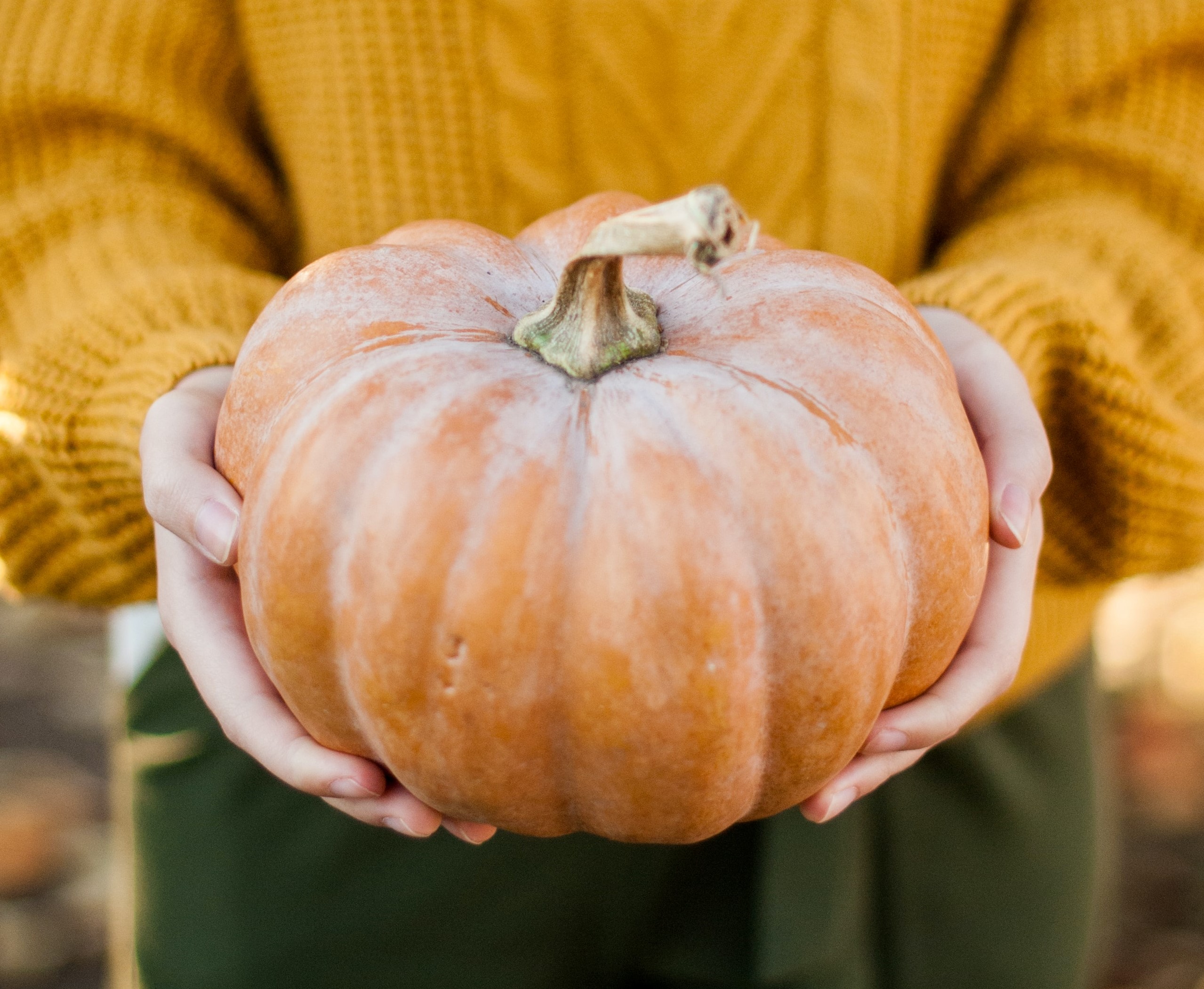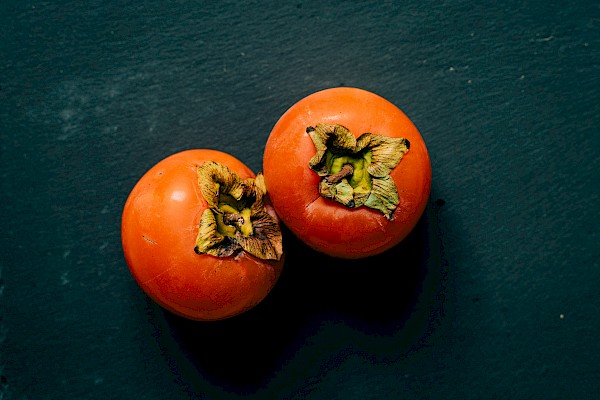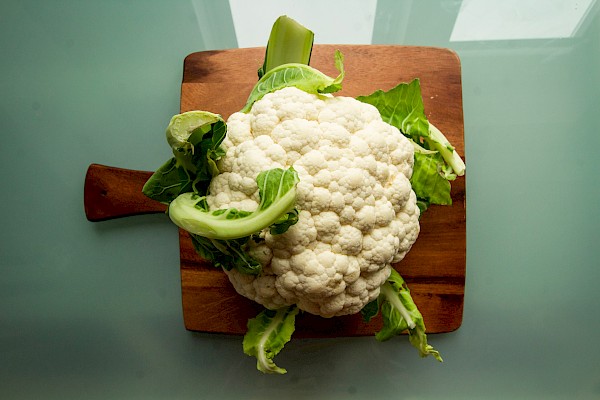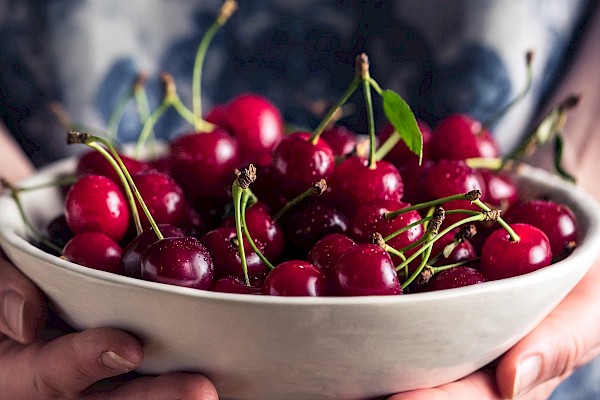Autumn is pumpkin season!
The days are getting shorter, the leaves on the trees are changing colour and the air we breathe is increasingly cool. Autumn has arrived.
Autumn is squash season. Not just on your plate, but also by the front door – where spooky pumpkin faces will give you a fright on schedule at Halloween in many places. This delicious and nutritious autumn vegetable is not just a favourite ingredient in Switzerland. More and more Swiss give their creativity free rein in late October and carve creepy, grotesque faces into orange pumpkins.
Have you ever wondered what this tradition is all about? The custom comes from the Catholic part of Ireland and refers to the tragic fate of Jack O.
Jack O and his lantern
The story relates that the alcoholic Jack Oldfield (or Jack O for short) successfully trapped the devil on the evening before All Saints’ Day. Jack O released him under one condition: the devil had to promise him that he would not take him to hell after his death. In order to regain his freedom, the devil agreed.
Years later, Jack O died and stood at the gates of heaven, but was refused admittance due to his profligate life. So he went to the gates of hell and met the devil again. The devil sent him away too, but gave him a piece of glowing coal from the fires of hell to light his way. Jack O put the coal in a hollowed-out turnip that he used as a lantern while he wandered eternally through the world of the living and the dead.
Many Irish emigrated to America and took their customs with them. As there weren’t many turnips in the USA, they replaced them with pumpkins, which gave rise to the tradition of pumpkin lanterns that we know at Halloween.
So that is the story of Jack O and the origin of Halloween. What else is worth knowing about the pumpkin?
More pumpkin facts
UPumpkins and squash are native to Central and South America. Nowadays a great many can also be found in Switzerland between September and February.
Something noteworthy that not many people know is that pumpkins and squash are botanically members of the berry family, because the fruit contains seeds within the pulp.
Knocking on a pumpkin is the best way to ascertain how ripe it is. If it sounds dull and hollow and does not yield to slight pressure, it is ripe and will taste great. Pumpkins will keep for a long time when they are stored in a cool, dry place. If you have any left over, slice it and blanch the pieces individually in a pan, then store in the freezer, where they will keep for up to four months.
Pumpkins can be used in both sweet and savoury dishes and contain many healthy substances that strengthen our bodies.
More than a culinary delight
Pumpkins and squash are a real source of energy and leave you feeling full, healthily. They supply many nutrients such as vitamin A, beta-carotene, magnesium, calcium and potassium.
As pumpkin flesh consists of 80 to 95 % water, it is also very low in calories – approximately only 25 kilocalories per 100 grams. It is high in insoluble fibre, which is what makes you feel full. In short, pumpkins and squash are both high in nutrients and low in calories, and so the perfect ingredient for everyone who cares about their health or is watching their weight. If you eat 120 grams of pumpkin, you have had one of your recommended five portions of fruit and vegetables per day.
Pumpkin varieties
There are approximately 800 different varieties of pumpkin and squash, each with special characteristics such as large, small, round, crooked, light, heavy, green, orange or yellow. Only approximately 200 varieties are edible, of which the following five are the most popular: orange knirps, butternut squash, Muscat de Provence squash, Halloween pumpkins and pattypan squash.
Orange knirps
Also known as Hokkaido. It can be cooked with its skin and is the best choice for pumpkin soups. The bright orange flesh and vibrant shell will give your soup a beautiful colour. The Hokkaido’s consistency yields a creamy purée with a flavour resembling that of carrots and potatoes.
Butternut
The skin must be removed from this pumpkin variety. Despite the additional time this requires, butternut is one of the star squashes. As the name implies, the butternut has a characteristically nutty flavour. Something else that makes it popular is the high proportion of flesh – the seeds grow only in the lower part. The whole upper part of the squash can therefore be used. When cut into rounds, for example, the butternut is a good vegetarian alternative to a burger.
Muscat de Provence
You will most often find this squash already sliced and packed at a wholesaler’s. The Muscat de Provence has a fruity, aromatic flavour and can be eaten in many different ways. It can be roasted or enjoyed raw. It’s good in soups or cakes. The only important thing is to remove the skin first. Otherwise you can do nothing wrong with this squash.
Pattypan
You will come across the pattypan at least as often outside the kitchen as inside, if not more so, as it is often used as a decoration in autumn. Its sweet, subtle flavour is particularly suitable for roasting or pickling.
Halloween
Last but not least is the Halloween pumpkin, what most people think of when they hear the word pumpkin. The Halloween pumpkin is edible but does not taste particularly good. What’s more, the inside is mostly hollow and does not produce much pulp. That is why it is especially suitable for carving.
31 October – Halloween!
Halloween is just around the corner. Are you looking forward to it? Do you have sweet and sour foods ready at home to hand out to the cheeky children of the neighbourhood? Have you put a spooky pumpkin head outside your front door? No? No problem. There is still a little time before the big day and you can use the Halloween carving guide here to create a Halloween face on a pumpkin before the end of October.
Have fun and happy Halloween!
References::
Kürbis - 5 am Tag
Kürbis - gemuese.ch
Buh! Halloween steht vor der Tür - Farmticker
6 Kürbisfakten die du kennen solltest - bio-mio.ch
 subscribe to newsletter
subscribe to newsletter


